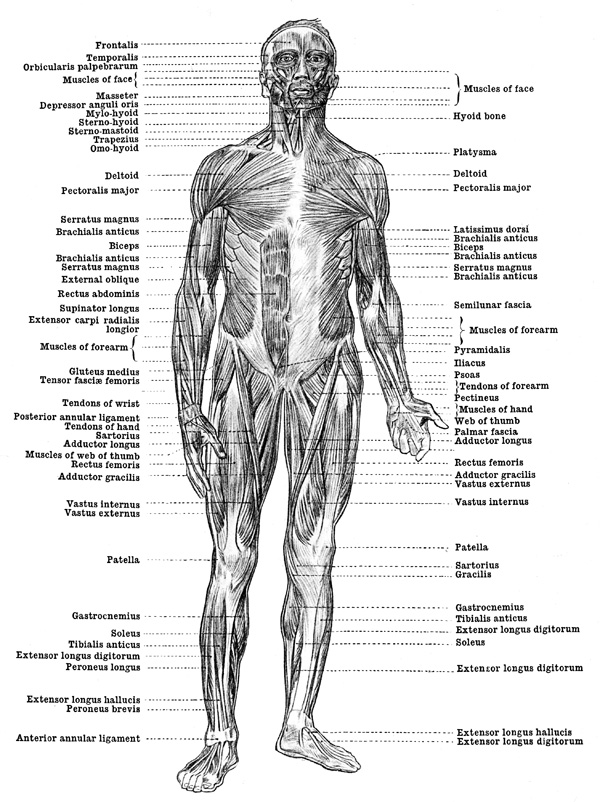 I can honestly say that the last thing I expected when I applied for law school was that I would need the help of a science course to be a more effective attorney. After all, I was applying to law school, not medical school. However, as the newest attorney at Rehm, Bennett & Moore, I recently had the opportunity to attend an all-day seminar titled “Anatomy for Lawyers” with Prof. Samuel D. Hodge, Chairman of the Legal Studies Department at Temple University. Jennifer Ohmberger and Megan Nicholson, legal assistants with the firm, also participated in the seminar.
I can honestly say that the last thing I expected when I applied for law school was that I would need the help of a science course to be a more effective attorney. After all, I was applying to law school, not medical school. However, as the newest attorney at Rehm, Bennett & Moore, I recently had the opportunity to attend an all-day seminar titled “Anatomy for Lawyers” with Prof. Samuel D. Hodge, Chairman of the Legal Studies Department at Temple University. Jennifer Ohmberger and Megan Nicholson, legal assistants with the firm, also participated in the seminar.
The seminar was an anatomy course designed to teach the knowledge and skills needed to efficiently and effectively handle workers’ compensation and personal-injury cases. So much of what we do in working with our clients’ workers’ compensation and personal-injury claims is attempting to understand injuries to the human body. Something as simple as understanding the difference between a sprain and a strain, which parts of the body are most susceptible to injury, or how a doctor interprets a diagnostic test can greatly affect the type of medical treatment a client receives, the ability to return to work, and ultimately, how much compensation they are entitled to.
This process typically requires review of medical records and a considerable amount of translation of medical jargon (which is, by the way, literally another language). Understanding what the medical records say in plain English and putting together the puzzle pieces of medical opinions can be half the battle in understanding our clients’ claims and obtaining compensation for them. The “Anatomy for Lawyers” seminar focused on the very specific challenges attorneys and clients face with injury claims and helped to make more practical sense of the complicated medical world.

